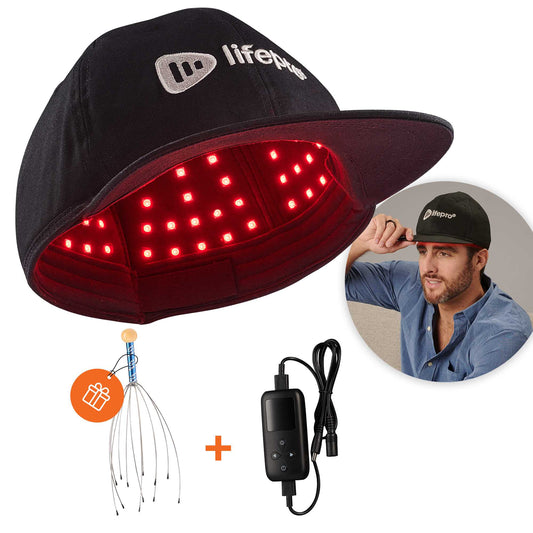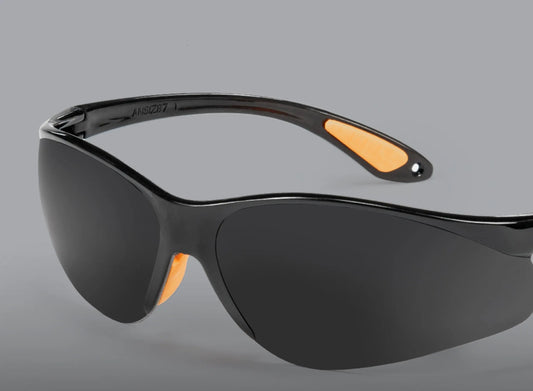
Table of Contents
- Table of Contents Sidebar - Table of Contents
- What is Red Light Therapy? Sidebar - Table of Contents
- How Did Interest in Red Light Therapy Evolve? Sidebar - Table of Contents
- How Does Red Light Therapy Work? Major study in 2008 Sidebar - Table of Contents
- What Medical Conditions is Red Light Therapy Being Used for? Sidebar - Table of Contents
- Is Red Light Therapy Effective? Sidebar - Table of Contents
- Is Red Light Therapy Safe? Sidebar - Table of Contents
Red Light Therapy: Everything You Need to Know
Table of Contents
If you’re interested in red light therapy take a look at our article and find out what exactly it is and how it can help you. There is a world of healing to be discovered with this non-invasive therapy.
If you have been looking into the benefits of using a red light therapy you are probably already aware that it is an easy, non-invasive way to manage a variety of symptoms. This technology is far from new and is exploding in popularity. More and more applications are being explored
Red light has the ability to boost blood flow, activates our lymphatic system and boosts collagen production. People are embracing this non-invasive approach to relieve pain, swelling and inflammation while also managing skin surface conditions like eczema, psoriasis, even wrinkles, pimples and sunspots.
Sports therapists and trainers know the advantages of using red light therapies to boost recovery and as a warm up to reduce injury and improve overall athletic performance. New applications for this drug free, non-surgical tool are being explored by a variety of industries as there are so many ways you can gain benefit!
What is Red Light Therapy?
Within the broad light spectrum of the sun (ultraviolet light to near-infrared) there are some spectrums referred to as healthy wavelengths. One very narrow and specific spectrum that falls in the 600-700nm range are the low levels of red light. Just after, at 700-1100nm are infrared light ranges. What we know as the harmful rays spectrum is called ultraviolet (UV) light and this range is not present in red light therapy and there is no risk of damaging even delicate or frail skin.
Near-infrared wavelengths are not visible but you will feel the warmth embrace this range offers as heat felt on your body, thus the term being used infrared in saunas, wraps and other infrared or far infrared (FIR) devices.
Red light is similar to infrared, but it is visible to our human eyes and protective eyewear should be worn if using red light therapy in an area you can see the light. Popular recent variations are exploring pulsing red light therapies and other variations as demand surges for these devices.
Red light therapy is also referred to as low-level laser therapy (LLLT), low-power laser therapy (LPLT), also photobiomodulation (PBM) and is terminology you will see in the large body of research in the light therapy arena.

$50 off + free gift
RejuvaGrow™ Red Light Hair Growth Device
Regular price
$199.99
Regular price
$249.99
Sale price
$199.99
Unit price
per
$50 off + free gift
Sold out
Red Light Therapy Glasses
Regular price
$19.99
Regular price
$24.99
Sale price
$19.99
Unit price
per
Sold out
27% off + free gift
Luminova™ Pro Red Light Therapy Neck Device
Regular price
$101.99
Regular price
$139.99
Sale price
$101.99
Unit price
per
27% off + free gift
How Did Interest in Red Light Therapy Evolve?
Light therapy has been evolving for over 350 years but has been an important part of our health forever! For many of the same reasons the sun can offer our bodies health benefits, so can red light therapy, but without the harmful ultraviolet wavelengths
A young scientist known as Issac Newton was exploring the field of optics when he first discovered that sunlight could be split into different wavelengths, that light itself is a spectrum of different wavelengths of light each having slightly differing behaviors. Newton published his first paper on light and color in 1672.
The first medical applications emerged with Dr. Niels Ryberg Finsen when he began to experiment with living organisms. His first light therapy device was created as a treatment for a type of tuberculosis called lupus vulgaris. Dr. Finsen’s electric light was concentrated 15 times and treated an area of skin surface 2cm in diameter. Daily treatments lasted 2 hours and showed great success in clearing up lesions associated with the condition. He founded a treatment center and later went on to win the Nobel Prize in Physiology or Medicine 1903 for his light therapy treatments.
How Does Red Light Therapy Work? Major study in 2008
Low-Intensity Light Therapy: Exploring the Role of Redox Mechanisms was the first to show that red light has an effect on our mitochondria - the power houses of our cells. Mitochondria are responsible for controlling our metabolism and have an effect on our immune system. Cells with more energy can better repair skin and it boosts new cell production. This study also identified that red light can penetrate deeper than the skin surface offering insight into the many health benefits red light therapy provides.Red light therapy has been shown to spark a reaction in our cells that supports skin rejuvenation and makes it effective for skin surface conditions. This process is called photorejuvenation. It also supports collagen production by reducing the amount of an enzyme (MMP-1) that breaks down collagen.
You do not need to go to a medical office for these treatments, many home therapies are widely available and often show better results simply because of the convenience and affordability making consistent treatments more possible.


InfraGlow Red Light Therapy lamp is one such product offered by Lifepro FItness. Whether you want to soothe a recent injury or manage a chronic concern, red light therapy is a popular choice for a variety of conditions.
Dig deeper the benefits and potential applications in our full length article How Does Red Light Therapy Work?
What Medical Conditions is Red Light Therapy Being Used for?
The list of conditions seeing positive effects is growing as research expands in many different fields. Anti-aging and other skin surface applications, managing pain due to arthritis and other chronic issues, helping to reduce inflammation and swelling, boosting energy and healing, improving your sleep and reducing stress. Researchers are using it to treat a wide range of common symptoms that present in a variety of medical conditions.
Combining red light therapy with other therapies can enhance results overall. Try using it with your vibration plate to boost weight loss, people are using it with their favorite foot massagers to help with tension and offer better relaxation. Many of our members at Lifepro know the advantages of combining devices for better outcomes overall.
Is Red Light Therapy Effective?
Effectiveness of red light therapies have been well established in a number of fields from beauty applications to treating chronic issues in medical settings. There are many different types of home devices and Lifepro recommends you consider what areas you want to treat and choose a device that best compliments that area for best results.
You can see the different red light therapy tools Lifepro has to offer and some of our members even combine these to treat multiple areas at once.
Is Red Light Therapy Safe?
Red light therapy is considered safe however Lifepro recommends you discuss use with your doctor or dermatologist before trying this treatment if you are currently dealing with a known condition or if you are taking medications that may make you photosensitive.
Red Light Therapy is not intended for use over the eye or as a brain entrainment or similar therapy. Be cautious if you are dealing with epilepsy or similar so not use the pulsing mode on your device until discussed with your care provider.




